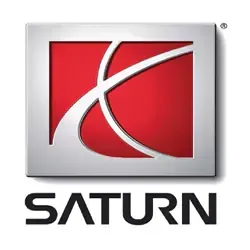Saturn LS Tire Pressure
Most common recommended tire pressure for Saturn LS is 30 psi based on year of production, trim and OEM tire size, but it maybe different for older models. It is imperative to confirm the exact tire inflation for your Saturn LS to ensure safety on the road. Always refer to your vehicle owner's manual for the correct tire pressure designated by vehicle's manufacturer.
Select your Saturn LS production year to see its recommended tire inflation.
| Model Year | Front Tires | Rear Tires |
|---|---|---|
| 2000 Saturn LS | 30 psi | 30 psi |
Recommended Tire Pressure for Saturn LS
Maintaining the recommended tire pressure for a Saturn LS vehicle is crucial for numerous reasons that directly impact safety, fuel economy, and the overall lifespan of the tires. Proper tire inflation ensures optimal contact between the tire and the road, which is essential for maintaining good traction, reducing the risk of accidents related to tire skidding or loss of control, especially under adverse weather conditions. From an economic standpoint, tires inflated to their recommended pressure exhibit less rolling resistance, which significantly improves fuel efficiency by requiring less energy (fuel) to move the car. Additionally, tires at the correct pressure wear more evenly and slowly, extending their usable life and reducing the frequency and cost of replacement. Over- or under-inflated tires, conversely, are prone to uneven wear patterns, such as premature wear on the center or edges, which can lead to dangerous blowouts and the need for premature replacement. Regularly checking and adjusting your Saturn LS's tire pressure, in alignment with the manufacturer's specifications, is a simple yet effective maintenance step that safeguards passengers, optimizes performance, and can lead to cost savings over the vehicle's lifespan.

All listed guides, data and/or calculations are for informational purposes only. TirePressure.com does not warrant or make any representations regarding the accuracy of or the results of the use of this information. Always refer to vehicle owner's manual for the correct tire pressure configuration.